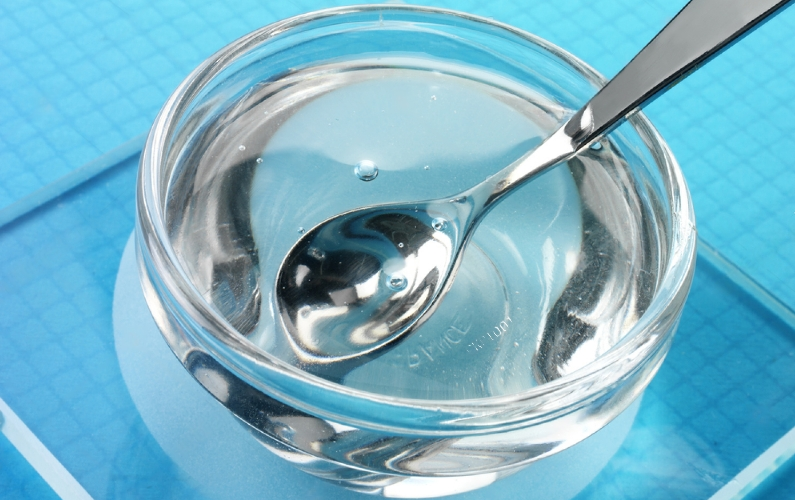In the world of sweeteners, liquid glucose stands out as a versatile and widely used ingredient. Known for its ability to enhance sweetness, provide texture, and offer stability in various food and pharmaceutical products, liquid glucose has become a staple in many industries. In this blog, we will delve into the fascinating world of liquid glucose, exploring its uses, benefits, and considerations
Understanding Liquid Glucose:
Liquid glucose, also referred to as glucose syrup, is a thick, viscous liquid made from the hydrolysis of starch. Starch, commonly derived from corn, rice, or potatoes, is broken down into simpler sugars through enzymatic or acid hydrolysis processes. The resulting syrup, consisting mainly of glucose, is known as liquid glucose. The syrup can vary in viscosity and sweetness, depending on the desired application and the degree of hydrolysis.
Applications in the Food Industry:
Liquid glucose is a widely used ingredient in the food industry, thanks to its unique properties. Here are some key applications:
- Sweetening Agent: Liquid glucose acts as a sweetening agent in numerous food products, such as confectioneries, baked goods, beverages, and dairy products. Its sweetness is comparable to sucrose (table sugar), and its syrupy consistency enhances the texture and mouthfeel of the final product.
- Texture Modifier: Liquid glucose plays a crucial role in improving texture and preventing crystallization in products like ice cream, sorbets, and frozen desserts. It helps maintain a smoother and creamier texture, prolonging shelf life and improving the sensory experience.
- Binding and Moisturizing Agent: In food products like candies, bars, and fillings, liquid glucose acts as a binding agent, holding ingredients together and preventing them from drying out. Its hygroscopic properties also help retain moisture and maintain freshness in baked goods.
- Anti-Crystallizing Agent: Liquid glucose is often used in the production of jams, jellies, and syrups to prevent crystallization. Its ability to inhibit sugar crystals formation ensures a smooth and consistent product.
Pharmaceutical and Other Applications:
Beyond the food industry, liquid glucose finds applications in pharmaceuticals, cosmetics, and other sectors. Here are a few examples:
- Pharmaceutical Formulations: Liquid glucose serves as a carrier and sweetening agent in oral medications, syrups, and suspensions. It helps enhance the palatability of drugs, making them more appealing to patients, especially children.
- Industrial Uses: Liquid glucose finds utility in various industrial applications, such as fermentation processes, animal feed, and as a raw material for the production of bioplastics.
Benefits and Considerations:
Liquid glucose offers several benefits, contributing to its widespread use. Here are some advantages:
- Sweetening Power: Liquid glucose provides sweetness comparable to regular sugar but with a lower level of sweetness, making it an ideal option for those seeking to reduce overall sugar content while maintaining taste.
- Enhanced Texture and Stability: Its ability to improve texture, prevent crystallization, and retain moisture contributes to the stability and quality of food products, extending shelf life and maintaining product freshness.
- Versatility: Liquid glucose is highly versatile, adapting well to different recipes and processes. It blends easily with other ingredients and can be used in both hot and cold applications.
However, it’s essential to consider the following:
- Caloric Content: Liquid glucose is a concentrated source of carbohydrates and calories. Individuals on restricted diets or those with specific dietary needs should consume it in moderation.
- Glycemic Impact: Liquid glucose is rapidly absorbed by the body, leading to an increase in blood sugar levels. Individuals with diabetes or those concerned about glycemic control should monitor their intake.
Conclusion:
Liquid glucose has cemented its position as a versatile and valuable ingredient in the food, pharmaceutical, and other industries. Its sweetening power, textural enhancements, and stability properties have made it an indispensable component in numerous products. As with any food ingredient, it’s crucial to use liquid glucose in moderation and consider personal dietary requirements. So, whether you’re savoring a delectable dessert, taking your medication, or utilizing it in industrial applications, liquid glucose adds a touch of sweetness and functionality to a wide range of products.

